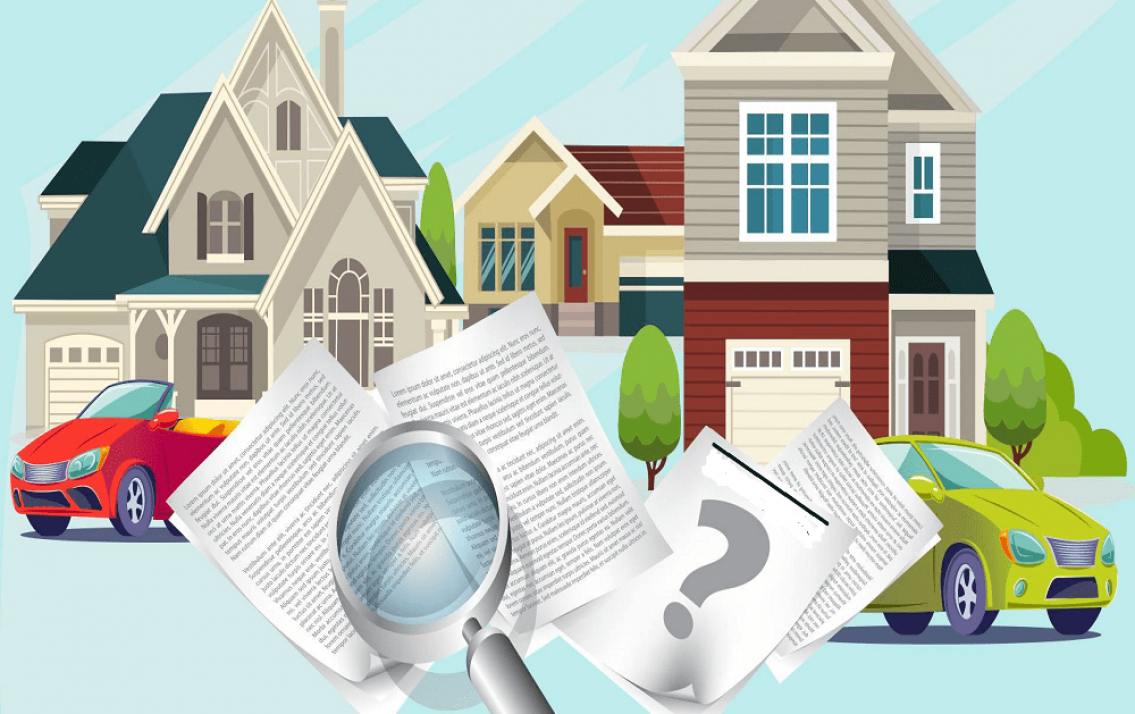Circular No. 45/2013/TT-BTC: Standards and identification of fixed assets in Vietnam
Recently, the Minister of Finance of Vietnam has issued the Circular No. 45/2013/TT-BTC guiding the management, use and depreciation of fixed assets.
According to Article 2 of the Circular No. 45/2013/TT-BTC of the Ministry of Finance of Vietnam, standards and identification of fixed assets are guided as follows:

1. Tangible fixed assets:
- Definition: Tangible fixed assets: are means of labor primarily in the physical forms and satisfy the criteria of tangible fixed assets, involved in many business cycles but remain original physical forms as buildings, structures, machinery, equipment, means of transportation etc.
- Standards and identification of tangible fixed assets:
+ Means of labor are the tangible assets with independent structure, or a system of many individual parts of assets linked to perform one or a certain number of functions and without any part, the system can not work, and if meet the following three criteria they shall be regarded as fixed assets:
-
It is certain to gain economic benefit in the future from the use of such asset;
-
Having the utilization time of over 01 year.
-
Primary price of assets must be determined reliably, and is valued at 30,000,000 (thirty million) dong or more.
+ In case a system includes many individual components of assets linked together, in which each component has different utilization time and without any component the entire system still perform its main operating function its main activity but due to requirements on management and use of fixed asset requiring separately managed asset division, each asset division if simultaneously satisfying three criteria of fixed assets shall be regarded as independent tangible fixed assets.
+ For animals working and / or giving products, then each of the animals simultaneously satisfying three criteria of fixed assets is regarded as tangible fixed.
+ For perennial orchards, each piece of garden, or trees simultaneously satisfying three criteria shall be regarded as a fixed tangible asset.
2. Intangible fixed assets:
- Definition: These assets are not physical forms, represents a value of the investment that has to satisfy the criteria of an intangible asset, involved in many business cycles such as some costs directly related to land use; issuance right, patent, copyright etc.
- Standards and identification of intangible fixed assets:
+ All actual costs spent by enterprises simultaneously satisfying all three criteria for tangible fixed assets without forming tangible fixed assets are regarded as intangible assets.
+ The expenses not simultaneously satisfying all three criteria for tangible fixed assets shall be recorded directly or gradually amortized into the business cost of enterprises.
+ As for costs incurred in the implementation phase recognized as intangible assets generated from the inside of enterprise if they simultaneously satisfy the following seven conditions:
-
Technical feasibility ensures the completion and put the intangible assets to the expected use or sale;
-
Enterprises intend to complete the intangible asset for use or sale;
-
Enterprises have the ability to use or sell these intangible assets;
-
These Intangible assets have to generate economic benefits in the future;
-
Having sufficient technical and financial resources and other resources to complete stages of deployment, sale or use of those intangible assets.
-
Being able to identify with certainty the full cost of the deployment phase to create such intangible assets;
-
It is estimated to have adequate standards on utilization time and value defined for intangible fixed assets.
The cost of establishment of enterprise, cost of staff training, advertising cost incurred prior to the establishment of enterprise, cost of research stage, relocation, sale for possession and use of technical materials, patents, license of technology transfer, trade marks, business advantage that are not intangibles fixed assets but are amortized into business cost of enterprises in a maximum time not exceeding 3 years according regulations of Law on Enterprise Income Tax.
For Joint-Stock companies converted from state-owned companies under the provisions of the Government’s Decrees issued before Decree No. 59/2011/ND-CP, having business advantage included in the enterprise value when determining enterprise value for equitization by the method of assets and approved by the competent authority as prescribed, they shall perform the allocation of value of business advantage under provisions in Circular No. 138/2012/TT-BTC.
View more details at Circular No. 45/2013/TT-BTC of the Ministry of Finance of Vietnam, effective from June 10, 2013.
Thu Ba
- Key word:
- Circular No. 45/2013/TT-BTC
- Number of deputy directors of departments in Vietnam in accordance with Decree 45/2025/ND-CP
- Cases ineligible for pardon in Vietnam in 2025
- Decree 50/2025 amending Decree 151/2017 on the management of public assets in Vietnam
- Circular 07/2025 amending Circular 02/2022 on the Law on Environmental Protection in Vietnam
- Adjustment to the organizational structure of the Ministry of Health of Vietnam: Certain agencies are no longer listed in the organizational structure
- Vietnam aims to welcome 22-23 million international tourists in Vietnam in 2025
-

- Vietnam: Determination of time of depreciation ...
- 17:05, 29/04/2013
-
.jpg)
- Vietnam: Principles to manage fixed assets in ...
- 16:54, 29/04/2013
-

- Vietnam: Determining the primary price of tangible ...
- 16:36, 28/04/2013
-

- Notable new policies of Vietnam effective as of ...
- 16:26, 11/04/2025
-
.Medium.png)
- Notable documents of Vietnam in the previous week ...
- 16:21, 11/04/2025
-
.Medium.png)
- Notable documents of Vietnam in the previous week ...
- 16:11, 02/04/2025
-
.Medium.png)
- Notable new policies of Vietnam to be effective ...
- 16:04, 02/04/2025
-
.Medium.png)
- Notable new policies of Vietnam effective from ...
- 14:51, 21/03/2025
 Article table of contents
Article table of contents
